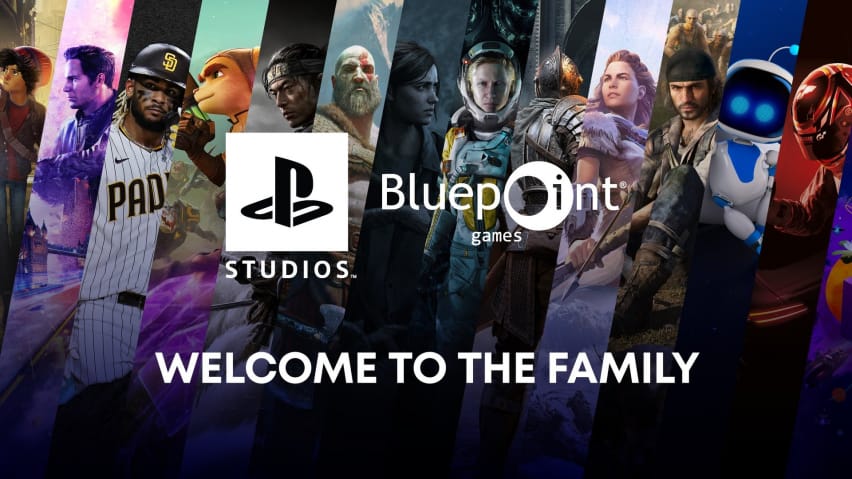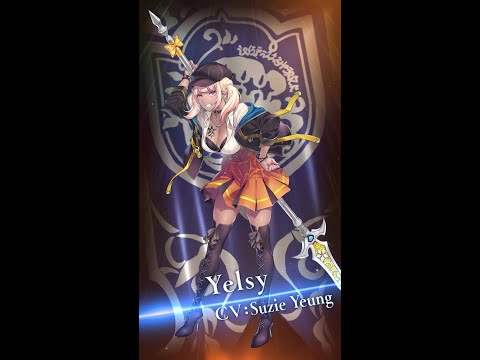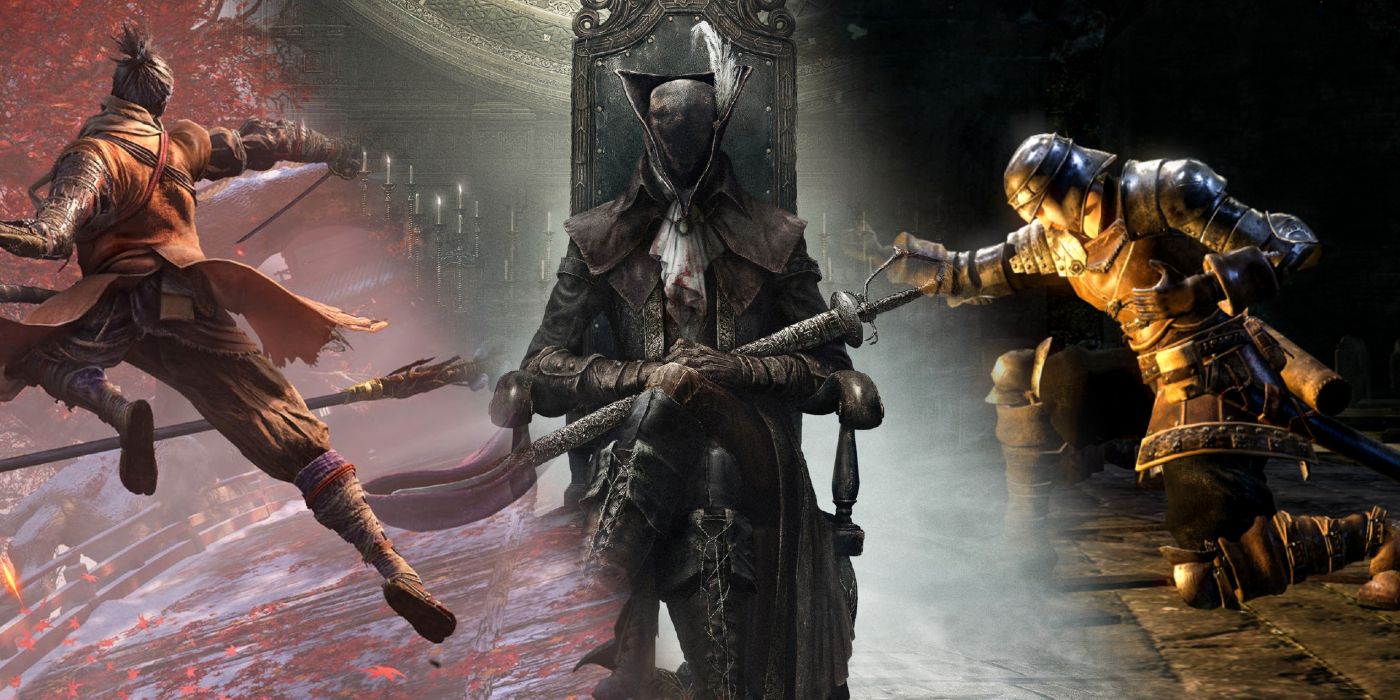
With Elden Ring is coming soon, it is important to understand how FromSoftware utilizes mythology in its games; the games company is known for having some of the most unique lore in gaming which stems from using concepts rather than the actual mythos it borrows from.
Mythology influencing games is nothing new, games like Hades and the God of War franchise utilize mythology in a more straightforward interpretation. These games take the original mythologies and attempt to stay as close to the source material as possible while taking creative liberties within the mythology. In the case of director Hidetaka Miyazaki, rather than replicating mythologies or religions, he uses the concepts created by these mythologies to inspire new unique worlds rich with lore and substance. Understanding this will inevitably help in understanding how Elden Ring will likely continue the trend by blending multiple faiths and fiction together.
RELATED: Souls Difficulty Tier List
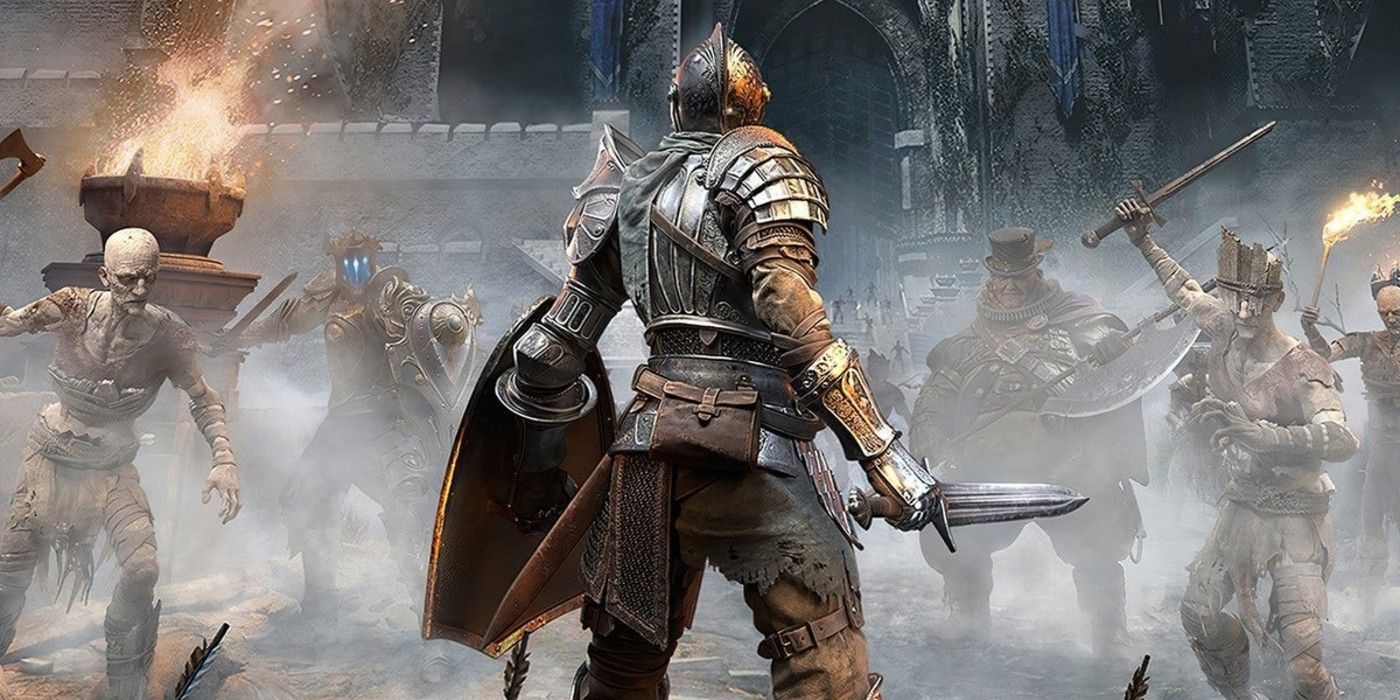
Demon's Souls borrows heavily from Christian themes in its worldbuilding. Characters mention the presence of one true God that created everything, even the demons that plague the world's regions. However, it is not a 1:1 ratio with Christianity and rather borrows ideas and concepts from Renaissance poet Dante's The Divine Comedy while also using concepts from biblical events. More specifically, it borrows from Dante's Inferno, in which Dante himself is taken by Greek poet Virgil through the 9 circles of hell.
Each arch stone corresponds to a different circle of hell, which the player must brave through to purge the evil. Although, the player can choose to have a pure white tendency in which the evil is repelled, or have a pure black tendency represented by each arch stone. The Maiden in Black serves as Virgil, otherwise known as the guide, helping the playable character navigate the unfamiliar world. The world of Boletaria may also be a Biblical variant of the Garden of Eden, as it is because of the temptation of man that the world's beauty is taken away. The Serpent of Eden, popularly believed to be Satan, is represented by The Old One. The demon spawns all other demons into the world, which steal living souls until nothing is left. Another biblical event that ties to the game's lore and backstory is the Tower of Bable, a story about humanity being too ambitious by erecting a tower to the heavens until God strikes down the tower and splits humanity up into different regions.
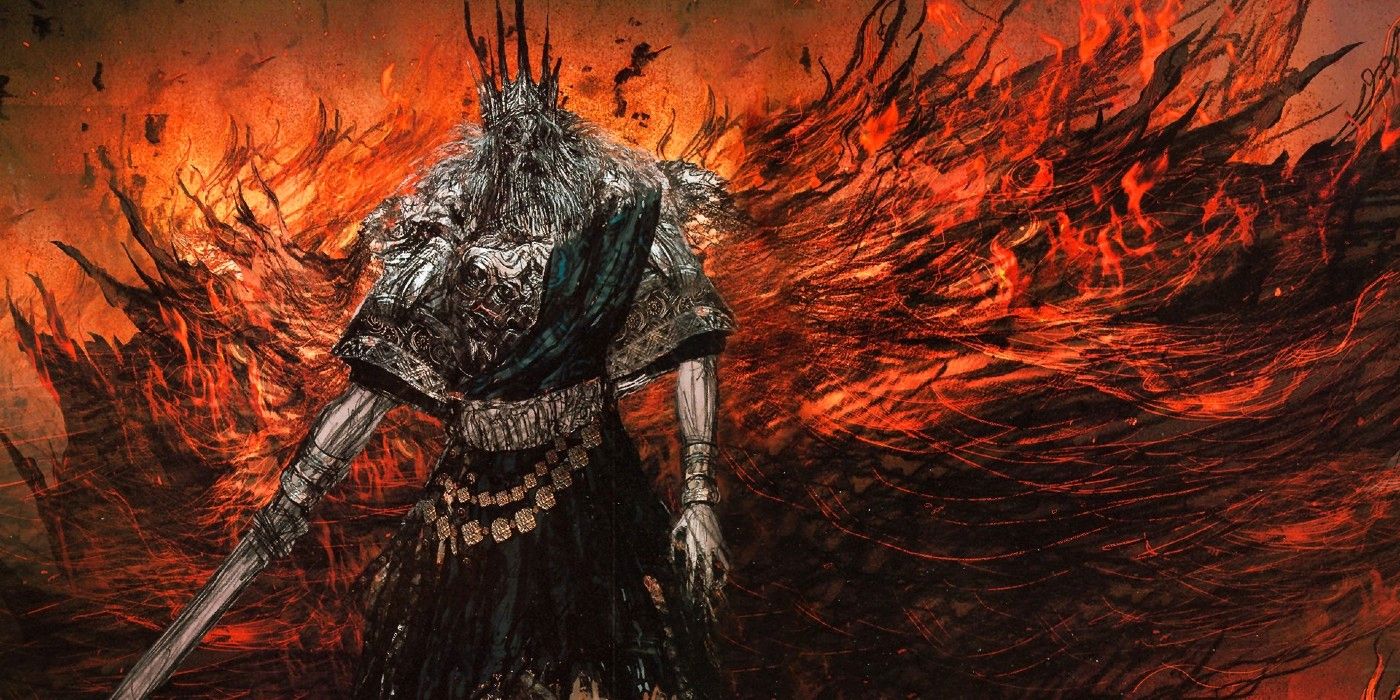
Dark Souls is perhaps one of the more original mythological-based games by not adhering to any one specific mythology. Rather, FromSoftware creates its own theogony, pantheon, and is topped off with its own creation myth mirroring the myth of Titanomachy, the story of the Gods defeating the titans. The titans, in the case of Dark Souls, are the eternal dragons. Lord Gwyn himself takes on the role of Zeus while also inhabiting the role of Odin after the war against the dragons ends. Gwyn, much like Odin, realizes that the Age of Fire is limited by a prophecy and takes every measure within his power to ensure that his era endures. It may not be outwardly apparent due to the layers of hidden content in the franchise, but the player has a choice to sacrifice themself to elongate the age of fire or abandon the first flame creating an age of darkness.
The choice is presented by two primordial serpents: Darkstalker Kaathe and Kingseeker Frampt. Frampt tells the player that they can elongate the age of fire, while Kaathe wants to snuff out the flame and begin an age of darkness. While these toothy serpents want separate things, FromSoftware created the two from the mythological practice of alchemy, the Oroboros symbolized by two serpents perpetually eating each other while creating each other at the same time. The two are different sides of the same coin, Frampt representing the creation and Kaathe representing destruction. Again, these are not exact comparisons as each character has a similar archetypical motive and drive. Dark Souls truly imagines a world in which a pantheon of gods have fallen from grace, and it is up to humanity to either restore the order by becoming godlike themselves or putting the world out of its misery.
RELATED: Why Now is the Perfect Time to Play Sekiro: Shadows Die Twice
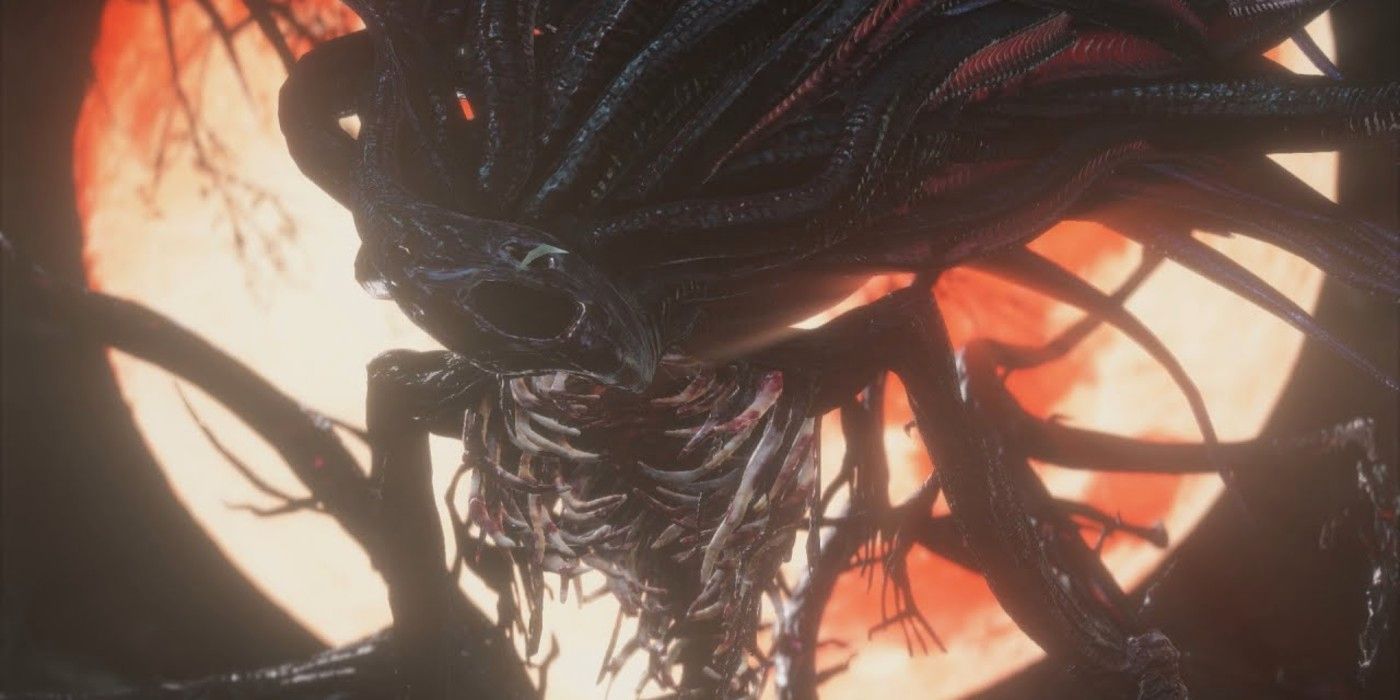
The works of H.P. Lovecraft, while not technically mythology, are still the genesis of a genre of horror that still inspires every artistic medium to date. Incidentally, the more popular works such as The Shadow over Innsmouth and The Dunwich Horror. Like with the world of Dark Souls, the concepts presented in Bloodborne are borrowed from Lovecraftian horror. At the same time, the Lovecraftian canon of Eldritch gods is not present in the game.
The Great Ones are what Bloodborne calls these Eldritch horrors that operate inside the realm of dreams. Much like Lovecraftian Eldritch gods, Great Ones influence the physical world, especially while contained to it like Ebrietas. In The Shadow over Innsmouth, the people who inhabit a town near Cthulhu's body are transformed into humanoid fish creatures, similar to the townspeople of Yharnam infected with lycanthropy. The Healing Church found Ebrietas, a Great One that never ascended, and used her blood to cure people of any illness. In Lovecraftian horror, those who encounter Eldritch horrors suffer from madness or insanity. This concept is reflected in Bloodborne's secondary currency and game mechanic, Insight. The more Insight the player acquires, the more difficult the game gets as more enemies may appear and making the player more susceptible to frenzy effects.
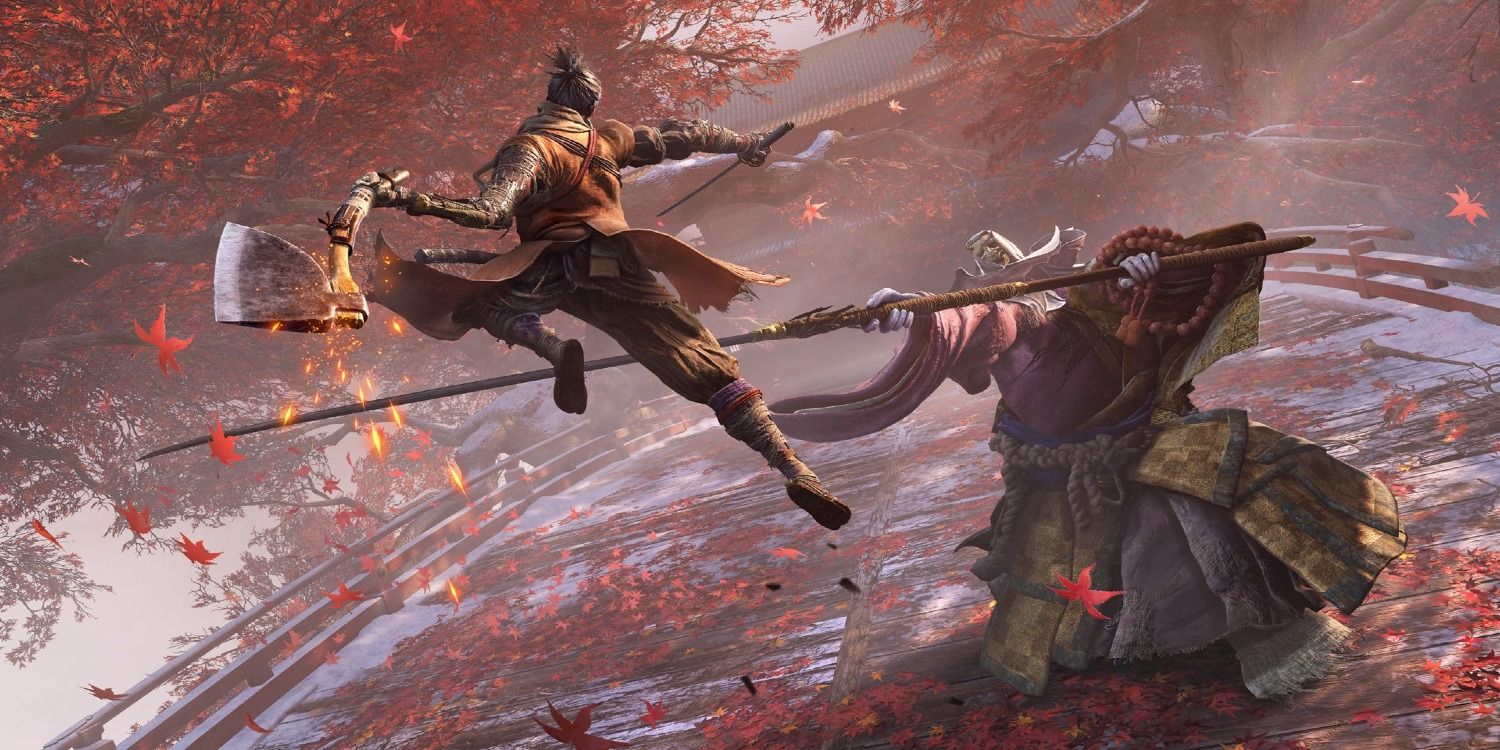
Sekiro: Shadows Die Twice is set during the Sengoku or the Warring States period of Japan, making the religious backdrop quite an easy choice for Miyazaki. Buddhism and Shinto are the two most practiced religions during the Feudal period. Sekiro tells a much more straightforward story, with characters yearning to rid themselves of immortality while others are trying to steal the power for themselves. Immortality as a concept has existed throughout many religions. The way it is presented in Sekiro is through the lens of the classic Chinese novel Monkey or otherwise known as Journey to the West. Monkey, also known as Son-Goku, spends the first part of the novel learning how to acquire immortality, which turns out he becomes five times over immortal.
Miyazaki plays with the concept of immortality in Sekiro by making it a curse rather than a blessing, and it is all due to a dragon migrating to Ashina from China. Since Buddhist mythology includes many different ways to gain immortality, Miyazaki gives each of his characters a different type of immortality that affects the world differently. For example, the dragon's immortality is bestowed upon the Divine Heir, who can grant immortality to one other person.
Immortality as a curse rather than a blessing is not a new concept, yet the way Miyazaki applies it as a curse on not just one individual but also humanity. The dragon from the east also seems to have control over storms and wind, another aspect of Buddhist mythology. In the Buddhist tradition, natural phenomena and areas such as rivers and elements are represented through physical manifestations such as spirits and dragons. With Elden Ring on the way, George R.R. Martin and Miyazaki teamed up to create a new world inspired by Lord of the Rings as well as Norse and Gaelic mythologies.
Elden Ring is scheduled to release January 21, 2022, for PC, PS4, PS5, Xbox One, and Xbox Series X/S.
MORE: Elden Ring's Synopsis Sounds a Lot Like Dragon Age: Inquisition
